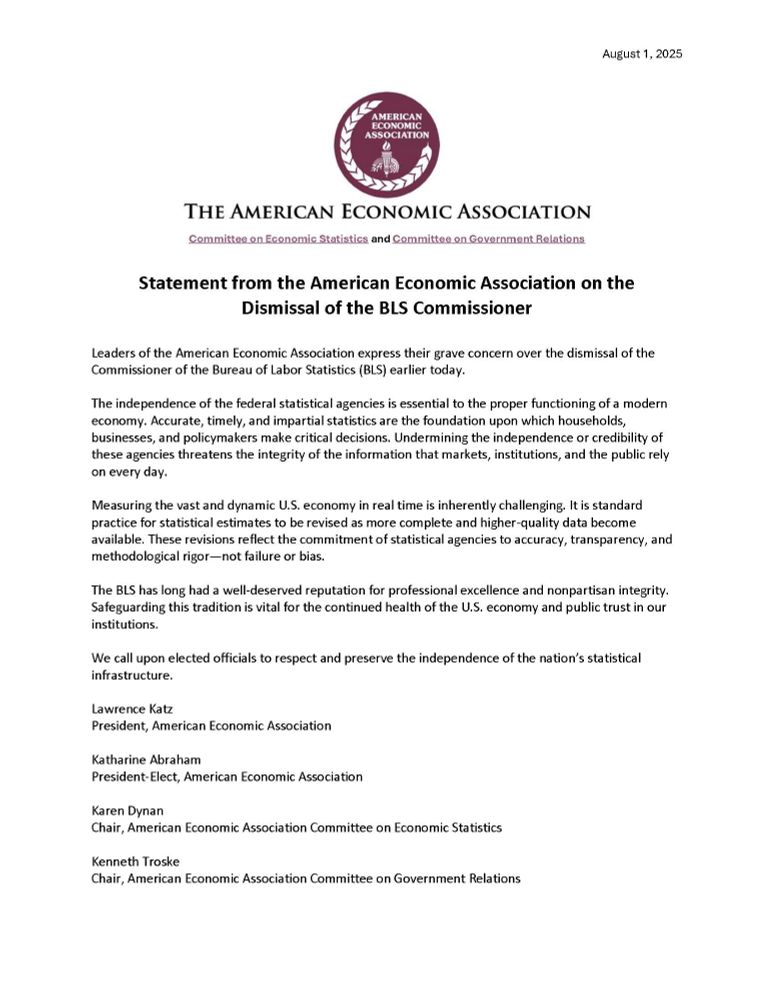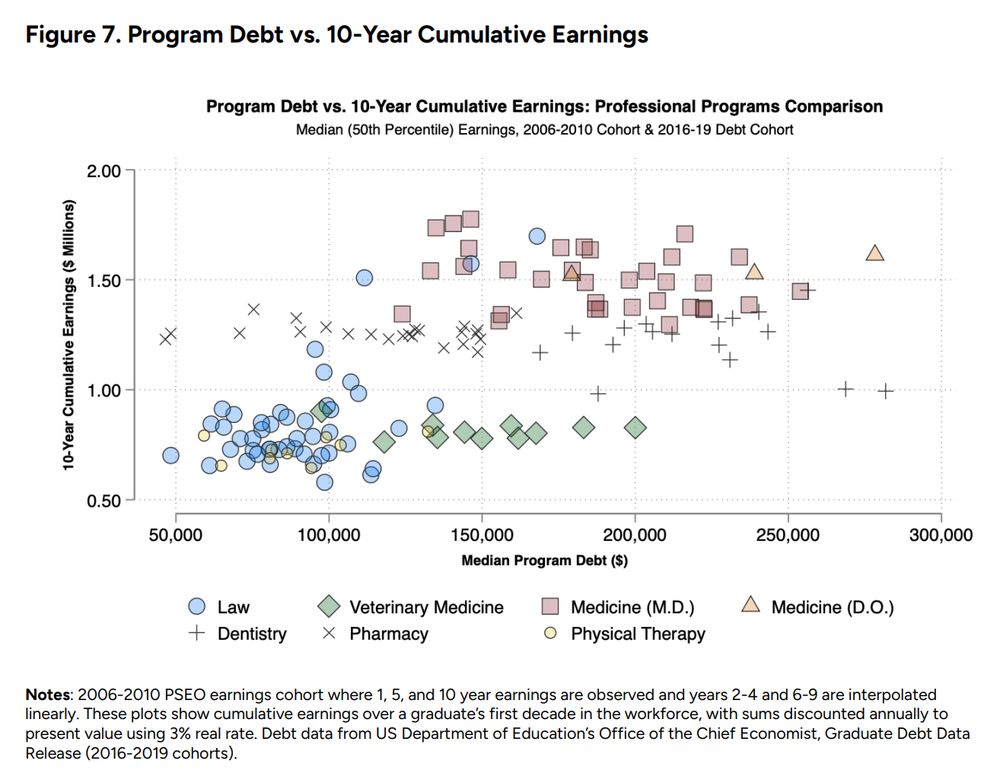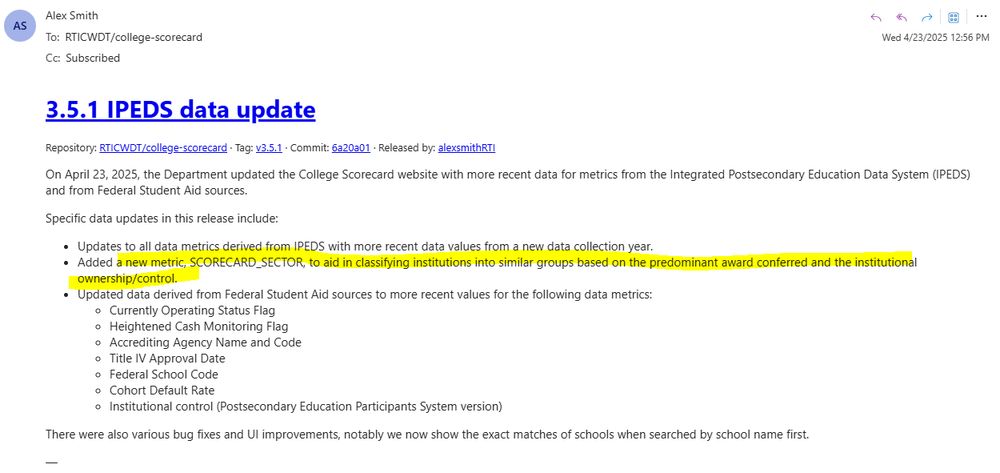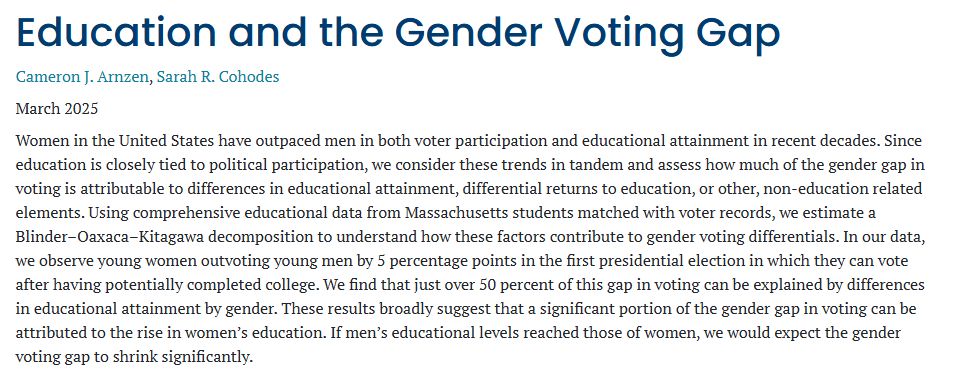
In my JMP, I study the effects of allowing youth who would have aged out of foster care at 18 to stay until 21—offering support their peers not in foster care get from parents.

In my JMP, I study the effects of allowing youth who would have aged out of foster care at 18 to stay until 21—offering support their peers not in foster care get from parents.

www.cnn.com/2025/09/30/p...

www.cnn.com/2025/09/30/p...
instead you can run this regression quickly and not worry about memory problems, thanks to the magic of duckdb and dbreg
Here I am running a fixed-effects regression on 180 million(!) row parquet dataset... and it completes **< 2 seconds**... on my laptop 🤯
This is powered by @duckdb.org under the hood.
#rstats #econsky
instead you can run this regression quickly and not worry about memory problems, thanks to the magic of duckdb and dbreg

"The independence of the federal statistical agencies is essential to the proper functioning of a modern economy. Accurate, timely, and impartial statistics are the foundation upon which households, businesses, and policymakers make critical decisions."

"The independence of the federal statistical agencies is essential to the proper functioning of a modern economy. Accurate, timely, and impartial statistics are the foundation upon which households, businesses, and policymakers make critical decisions."
Send us your abstracts on all things econ of ed & ed policy by 8/27. Grad students & early career folks especially welcome!
Info & link to submit here: bit.ly/44TdiGf

Send us your abstracts on all things econ of ed & ed policy by 8/27. Grad students & early career folks especially welcome!
Info & link to submit here: bit.ly/44TdiGf

Particularly enjoyed this concluding paragraph:

Particularly enjoyed this concluding paragraph:

New work by Cameron Arnzen and @cohodes.bsky.social.
edworkingpapers.com/ai25-1152

New work by Cameron Arnzen and @cohodes.bsky.social.
edworkingpapers.com/ai25-1152

find:
"$"
replace:
" ///\0"
find:
"$"
replace:
" ///\0"

